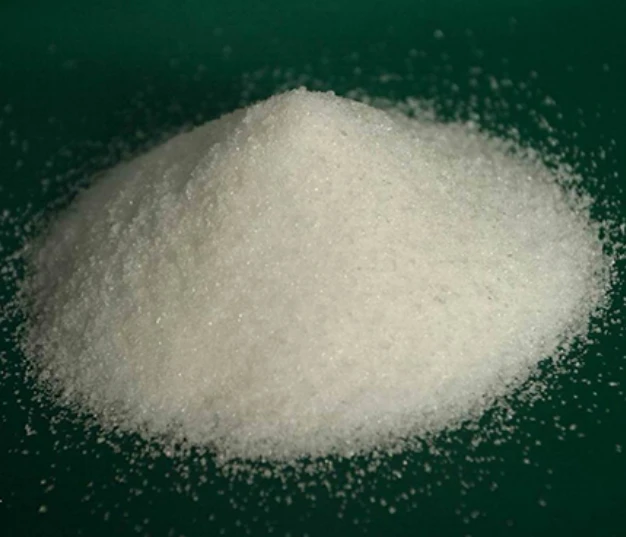polyaspartic acid
Polyaspartic Acid An Overview of Its Properties, Applications, and Future Prospects
Polyaspartic acid, a polyamino acid derived from aspartic acid, has garnered increasing attention in various fields due to its unique properties and diverse applications. This biocompatible and biodegradable polymer is distinguished by its high molecular weight and multifunctional capabilities, making it an attractive candidate in areas ranging from pharmaceuticals to environmental science.
Chemical Structure and Properties
Polyaspartic acid is synthesized through the polymerization of aspartic acid, a naturally occurring amino acid. The resulting polymer features a backbone of repeating aspartic acid units, which can be further modified to enhance its functional attributes. One of the notable properties of polyaspartic acid is its ability to form gel-like structures in aqueous environments, which can be manipulated according to the requirements of specific applications.
In addition to its gel-forming capabilities, polyaspartic acid exhibits excellent solubility in water and a wide range of biological compatibility. These characteristics make it suitable for use in various formulations, especially in the cosmetic and pharmaceutical industries, where gentle and effective ingredients are paramount.
Applications in Various Industries
1. Pharmaceuticals and Biotechnology Polyaspartic acid holds significant promise in drug delivery systems, where it can be utilized to encapsulate active pharmaceutical ingredients. Its biodegradable nature ensures that drug carriers break down in the body, minimizing potential side effects. Additionally, polyaspartic acid can aid in the controlled release of drugs, thereby enhancing therapeutic effectiveness.
2. Agriculture In agricultural applications, polyaspartic acid has been recognized for its potential as a soil conditioner and fertilizer enhancer. It can improve nutrient absorption and retention, thereby promoting plant growth. Its biodegradable properties align with the growing demand for sustainable agricultural practices, reducing the environmental impact of traditional chemical fertilizers.
polyaspartic acid

3. Coatings and Adhesives The construction industry has also taken notice of polyaspartic acid for its use in coatings and adhesives. Its formulation can provide excellent adhesion, flexibility, and resistance to UV degradation. These features make it a valuable alternative to conventional polyurethanes, particularly in environments that require durable, long-lasting coatings.
4. Personal Care Products The cosmetics industry benefits from polyaspartic acid’s moisturizing and conditioning properties. It is increasingly used in skincare products, hair care formulations, and makeup. Its ability to form a thin film on the skin provides a protective barrier while retaining moisture, enhancing the overall skin texture.
Challenges and Future Directions
Despite its numerous advantages, the commercialization of polyaspartic acid faces certain challenges. A significant hurdle is the cost associated with its production and synthesis, which can be relatively high compared to more established materials. Continued research into more efficient synthetic routes and scalable production methods is essential to address this issue.
Moreover, there is a need for extensive toxicity and biocompatibility studies to ensure that polyaspartic acid can be safely used in various applications, particularly in medical and cosmetic formulations. Regulatory approvals are critical in instilling confidence among manufacturers and consumers alike.
Looking toward the future, polyaspartic acid appears to be a versatile polymer with a myriad of potential applications across different industries. As research continues, innovative applications are likely to emerge, especially in the fields of green chemistry and sustainable materials. The rising trend towards biodegradable and environmentally friendly products positions polyaspartic acid as a leading candidate for aiding in the transition to more sustainable practices.
Conclusion
Polyaspartic acid represents a fascinating intersection of chemistry and practicality. Its unique blend of properties, coupled with a growing understanding of its potential applications, positions it as an important material for the future. By overcoming existing challenges and embracing research advancements, polyaspartic acid is poised to make significant contributions across various sectors, promoting sustainability and innovation in an increasingly eco-conscious world.
-
Understanding Polycarboxylic Acids: Properties, Applications, and Future PotentialNewsJul.28,2025
-
Scale Inhibitor Explained: How to Protect Your System from Limescale and Hard Water DamageNewsJul.28,2025
-
Scale and Corrosion Inhibitors: Essential Chemicals for Industrial Water System ProtectionNewsJul.28,2025
-
Polyaspartic Acid: A Biodegradable Polymer for Sustainable ChemistryNewsJul.28,2025
-
Isothiazolinones: A Versatile Antimicrobial Class with Industrial Power and Regulatory ChallengesNewsJul.28,2025
-
A Deep Dive into 2-Phosphonobutane-1,2,4-Tricarboxylic Acid (PBTC)NewsJul.28,2025





